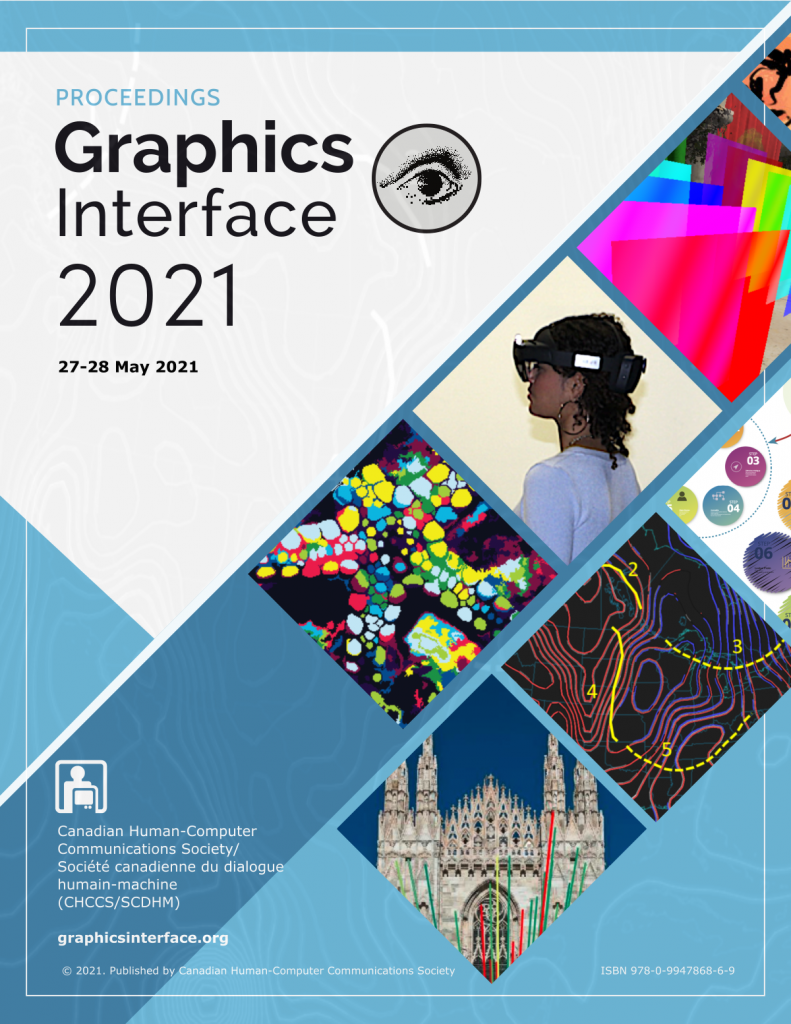Video
BibTex
@inproceedings{Hou:2021:10.20380/GI2021.25,
author = {Hou, Qiqi and Li, Zhan and Marshall, Carl S. and Panneer, Selvakumar and Liu, Feng},
title = {Fast Monte Carlo Rendering via Multi-Resolution Sampling},
booktitle = {Proceedings of Graphics Interface 2021},
series = {GI 2021},
year = {2021},
issn = {0713-5424},
isbn = {978-0-9947868-6-9},
location = {Virtual Event},
pages = {220 -- 228},
numpages = {9},
doi = {10.20380/GI2021.25},
publisher = {Canadian Information Processing Society},
}
Abstract
Monte Carlo rendering algorithms are widely used to produce photorealistic computer graphics images. However, these algorithms need to sample a substantial amount of rays per pixel to enable proper global illumination and thus require an immense amount of computation. In this paper, we present a hybrid rendering method to speed up Monte Carlo rendering algorithms. Our method first generates two versions of a rendering: one at a low resolution with a high sample rate (LRHS) and the other at a high resolution with a low sample rate (HRLS). We then develop a deep convolutional neural network to fuse these two renderings into a high-quality image as if it were rendered at a high resolution with a high sample rate. Specifically, we formulate this fusion task as a super resolution problem that generates a high resolution rendering from a low resolution input (LRHS), assisted with the HRLS rendering. The HRLS rendering provides critical high frequency details which are difficult to recover from the LRHS for any super resolution methods. Our experiments show that our hybrid rendering algorithm is significantly faster than the state-of-the-art Monte Carlo denoising methods while rendering high-quality images when tested on both our own BCR dataset and the Gharbi dataset [14]1.





















































